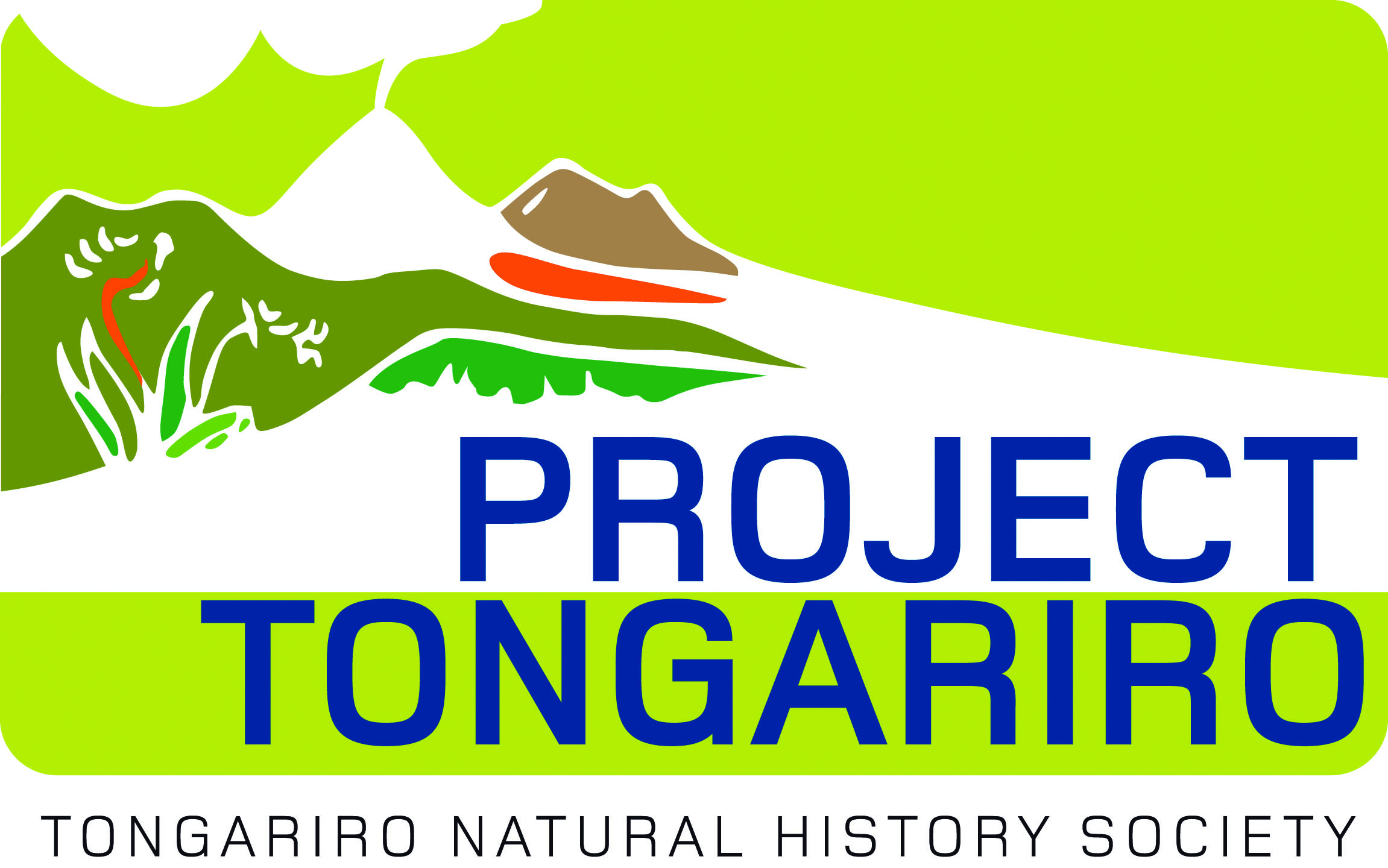Operation Nest Egg
Kiwi eggs are often uplifted by DoC staff when it's observed that the eggs are being neglected and hatching is at risk. The eggs are carefully packed, padded and kept at a comfy temperature for transport from the forest by foot and or quad bike then ute to Turangi. Here they are met by volunteers who then transport them to the "Kiwi Encounter " at Rainbow Springs, Rotorua.
On arrival the eggs are met by a professional team and the procedure turns into almost hospital admission before the process of reaching the hatching room/incubator area.
Truly wonderful volunteers Beth and Kevin Griffiths at Kiwi Encounter.
After hatching the chicks go on to the brooder room for health checks, DNA gender and feeding. Release depends on health, evidence of the ability to forage and feed etc. All kiwi are released to the forest to the area from where the egg was uplifted. Mostly this is done when the chick reaches 1kg but sometimes small chicks are released weighing as little as 300 + gms.
They all have interesting names. All relevant information, ie; gender, health, weight, sired by etc. is displayed on their "discharge sheets". These kiwi are carefully packed into kiwi carry boxes with some fronds, then into the back seat of the car, belted up, secured and transported to DoC staff at Tongariro where they are fitted with transmitters prior to release.
Recently an 11 month old kiwi named "Fly girl", named by Fly Fishing Women in support of Breast Cancer and whose DNA incidentally proved to be male was released. He had struggled to gain and maintain weight and health. This was a special egg that we had delivered and had been to visit over the 10 months he was at Kiwi Encounter, so with parenting pride we were glad to see this bird was strong enough to gain freedom.
What a wonderful thing DNA is!
Dactylantus
Dactylanthus (Dactylanthus taylorii) is a highly unusual plant, and holds a special place in New Zealand's indigenous flora as the only fully parasitic flowering plant and the southern most member of its mainly tropical family.
This fascinating plant grows as a root-like stem attached to the root of a host tree. In response to dactylanthus, the host root moulds into the shape of a fluted wooden rose, which gives the plant its previous common name of wood rose. It is through this placenta-like attachment that dactylanthus draws all its nutrients.
The Maori name for dactylanthus is "pua o te reinga," meaning 'flower of the underworld,' and alludes to the way its flowers emerge from below ground.
Dactylanthus is currently regarded as being in serious decline. A Department of Conservation Recovery Plan is in action.
Dactylanthus taylori - known as wood rose
Has no green leaves or roots of its own.
Has a strong scent, which is useful for attracting pollinators.
Is pollinated by the short-tailed bat.
Has separate male and female plants.
Dactylanthus occurs in widely scattered sites. It prefers damp but well drained places, and is often found growing at the head of small streams. It lives where trees form a dense, leafy canopy and the ground is well covered in tall forest, or marginal shrub land. It is normally found on flat sites, but is sometimes found on vertical rock faces where roots are exposed.
Dactylanthus taylori in flower
In March 2011, Project Tongariro members Shirley, Ardy, Kevin, Beth, Noel, Lyn, as well as DOC biodiversity rangers Fiona and Jo had a very productive and enjoyable day up at Kakaramea which is one of New Zealand’s top Dactylanthus sites. Dactylanthus is New Zealand’s only completely parasitic flowering plant. Dactylanthus is endemic to New Zealand and is currently listed as chronically threatened and in serious decline. It is completely dependent on its host plant (often lemonwood, mahoe, lancewood and others) for water and food and has a unique relationship with the short tailed bat (another endangered New Zealand species). The bats pollinate Dactylanthus and are attracted to the sweet smelling nectar produced by the flowers. Unfortunately possums are attracted to these flowers as well and rather than pollinating the flowers, they eat them. There are nearly 300 known Dactylanthus plants up at Kakaramea and our main effort to ensure the survival of Dactylanthus is to cage the plants to protect them from browser damage. On their trip up to the site with Project Tongariro members they managed to cage 110 plants.
Tongariro Forest is a national kiwi sanctuary for threatened North Island brown kiwi, as well as being one of five national security sites for the threatened whio, or blue duck. An extensive trapping program is underway in this area. Dactylanthus is also found in this area and groups of DOC rangers and Project Tongariro volunteers have been caging these unusual plants to help them and the bats survive the on-going battle with introduced species. Hopefully one day the introduced species can be caged as a historic memorial of this battle and the cages can be removed from the Dactylantus. You may be able to help with ‘Predator Free Tongariro Forest’.




